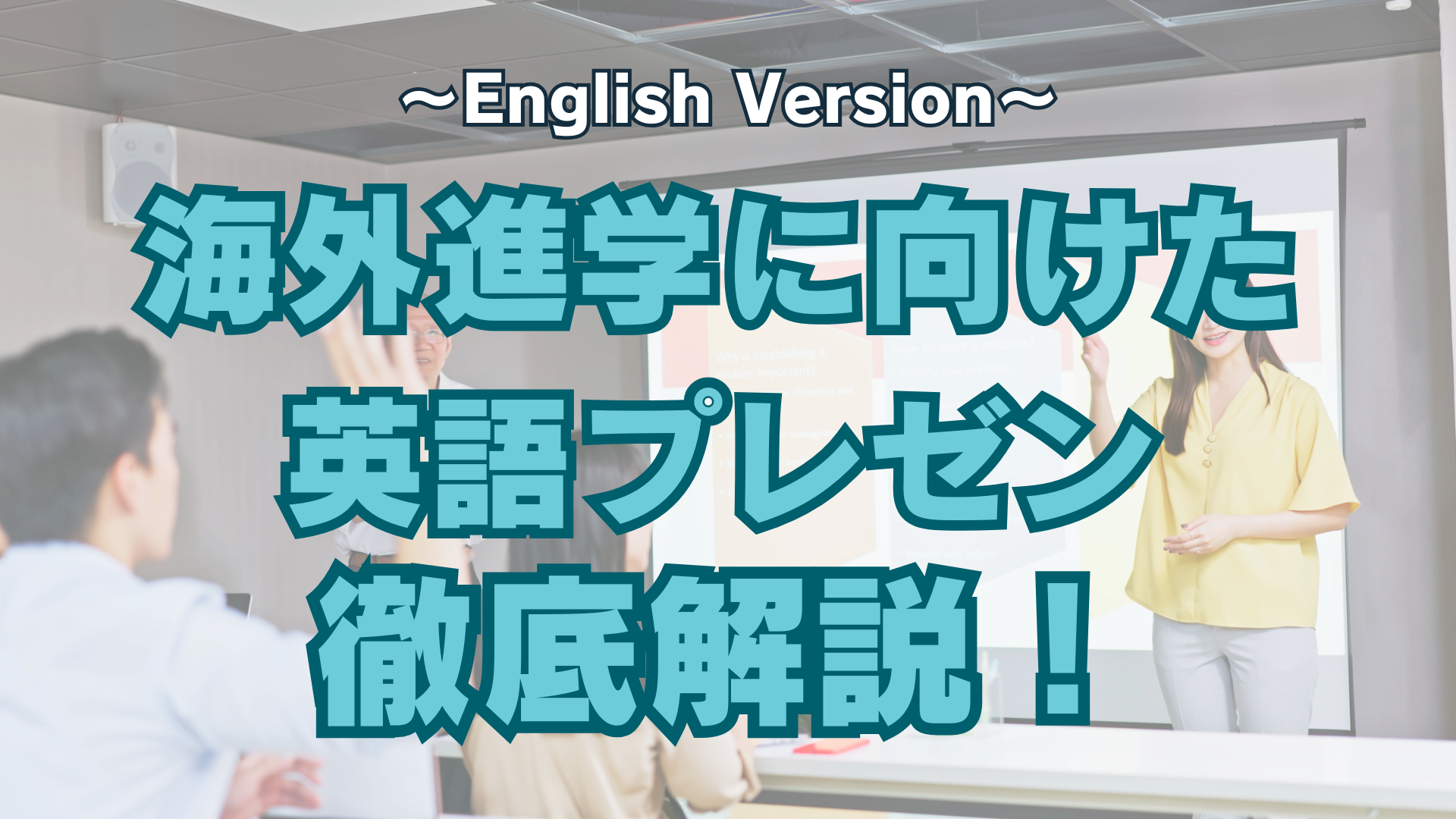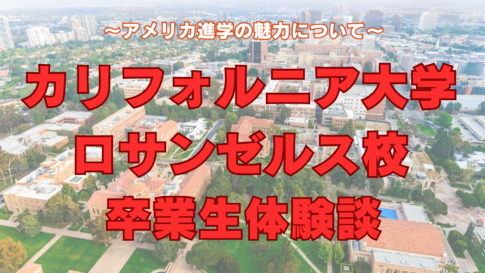Hi there! I’m Allison. When you hear the word “presentation,” what comes to mind?
Does it seem difficult? Stressful? Maybe the thought of speaking in front of others feels embarrassing?
If you’re like most people, your initial thoughts might not be very positive.
However, in Western education systems, presentations are seen as an opportunity to express yourself and your ideas effectively.
This is especially true in English-speaking environments, where introducing both yourself and your topic well is a key part of making a great first impression.
The introduction sets the tone for your entire presentation and can make or break your audience’s engagement.
Having taught English to Japanese high school students, I’ve noticed several common mistakes in their presentations, particularly during the opening moments.
Let’s dive into these common pitfalls and discuss ways to improve!
目次
1. The First Minute is Critical
Many students rush through the introduction, reading their title and moving on to the next slide in just a few seconds.
But the first minute is where you set the tone for your presentation. It’s a chance to make a strong impression on your teachers and classmates, and it can even influence your score.
Here’s what you should aim to achieve in that opening minute:
- Introduce yourself.
- Explain your topic briefly.
- Give the audience a preview of your presentation’s structure and key points.
Common Mistakes
Let’s look at an example of a rushed introduction:
- “I talk about my company I like. Next slide: Koala-Koala made in 1930…”
This approach doesn’t tell the audience much about the presenter or the flow of the presentation.
Improved Example
- “Good afternoon, everyone. Thank you for being here today. My name is Kensuke Miyazaki, and today I’d like to talk about my favorite company, Koala-Koala. Koala-Koala is a long-established brand that I’ve loved for years. In this presentation, I’ll first introduce the company’s history, followed by the reasons why it’s my favorite.”
By taking a moment to set the stage, the presenter grabs the audience’s attention and provides a clear roadmap for the presentation.
Speak slowly, make eye contact, and show confidence—this will make the audience eager to hear more!
2. Don’t Forget Your Name on Your Slide
Another common mistake is neglecting to introduce yourself properly. Often, students forget to write their names on the title slide or skip saying their name entirely.
Remember, your teachers and classmates need to know who’s presenting. Introduce yourself clearly, and make sure your name is on the slide.
Also, pronounce your name slowly and distinctly—this is especially important if your audience is unfamiliar with non-Western names.
Poor Example
- “Hi, I’m Kensuke. My company is Koala-Koala.”
This introduction is too casual for a formal presentation and lacks important details.
Better Example
- “Good afternoon, everyone. My name is Kensuke Miyazaki. Today, I’ll be presenting on Koala-Koala, a company I’ve admired for its quality and history.”
This version is polite, professional, and provides a smooth transition to the presentation topic.
3. Pay Attention to Capitalization and Formatting
Proper formatting is another area where many students struggle. Titles, headers, and names should always be correctly capitalized to show professionalism and attention to detail.
Original Slide
This title lacks proper capitalization and doesn’t convey importance.
Improved Slide
By capitalizing keywords and crafting a clear title, the presentation looks more polished.
Little details like these can significantly influence how teachers perceive your effort and professionalism.
Final Tips
- Memorize Your Introduction
Writing and practicing your opening lines will help you feel more confident and avoid forgetting key points. - Speak Clearly and Slowly
Take your time with your introduction. A calm, measured pace shows confidence and helps your audience follow along. - Check for Errors
Double-check your slides for spelling, grammar, and formatting mistakes. Even minor errors can distract your audience and lower your score.
I hope these tips help you ace your next presentation!
Stay tuned for more advice on how to improve your public speaking skills.
下記から最新情報をチェック!→最新留学・英語学習イベント
他の記事はこちらから→アカデミックライティングとは?













